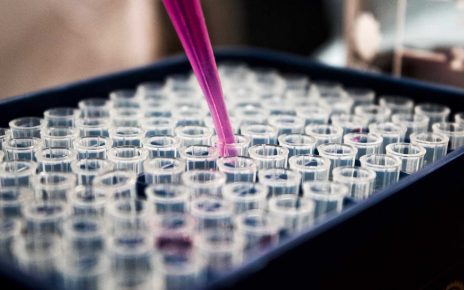New research strengthens the body of evidence demonstrating an increased risk of blood cancer from exposure to low doses of radiation from CT scans.
The results suggest that for every 10,000 children examined with an average low dose of 8 milligray (mGy), one to two will likely develop a hematological malignancy related to radiation exposure over the next 12 years.
The findings, published online November 9 in Nature Medicine, are based on more than 1.3 million CT scans in nearly 900,000 people younger than 22 years old when scanned.
This study makes a “significant contribution to the understanding of the effects of ionizing radiation, specifically X-rays, on the human body at the levels of radiation exposure encountered in diagnostic CT procedures,” Peter Marsden, PhD, and Jim Thurston, radiation protection experts at Dorset County Hospital, NHS Foundation Trust, said in a statement from the UK nonprofit Science Media Centre (SMC).
These findings highlight levels of risk that “align with those currently estimated and do not suggest that the use of CT carries a greater risk than previously thought,” Marsden and Thurston said.
Exposure to moderate- (≥ 100 mGy) to high-dose (≥ 1 Gy) ionizing radiation is a well-established risk factor for leukemia in both children and adults. However, the risk associated with low-dose exposure (< 100 mGy) typically associated with diagnostic CT exams in children and teens remains unclear.
The current study, coordinated by the International Agency for Research on Cancer, aimed to improve direct estimates of cancer risk from low-dose radiation exposure from CT scans performed in childhood and adolescence. The researchers estimated radiation doses to the active bone marrow based on body part scanned, patient characteristics, time period, and inferred CT technical parameters.
The analysis included 876,771 young people who underwent roughly 1.3 million CT scans overall.
A total of 790 hematological malignancies, including lymphoid and myeloid malignancies, were identified during follow-up. More than half (51%) of the cases were diagnosed in people under age 20 and 88.5% were diagnosed in people under age 30 years.
Overall, the observational study found a nearly twofold excess risk of all hematological malignancies per 100 mGy in children, adolescents, and young adults, with similar risk estimates observed for lymphoid and myeloid cancers. The excess relative risk for hematological malignancies increased as the number of CT exams increased — with risk rising by 43% per exam.
The results of this study “strengthen the findings from previous low-dose studies of a consistent and robust dose-related increased risk of radiation-induced hematological malignancies” and highlight the importance of optimizing doses in this patient population, study author Elisabeth Cardis, PhD, with Barcelona Institute for Global Health (ISGlobal) in Barcelona, Spain, and colleagues concluded.
Sarah McQuaid, PhD, chair of the nuclear medicine special interest group, Institute of Physics and Engineering in Medicine, York, UK, agreed.
“This publication indicates that there could be a small cancer risk from CT scans in young people, but it is important for this to be viewed in the context of the substantial benefit these scans bring, due to the important diagnostic information they provide,” McQuaid said in a SMC statement. Overall, “the number of patients whose medical care will have been improved from these CT scans will have been very high, and lives undoubtedly saved as a result.”
The study had no commercial funding. The authors and outside experts report no relevant financial relationships.
Source: Read Full Article



